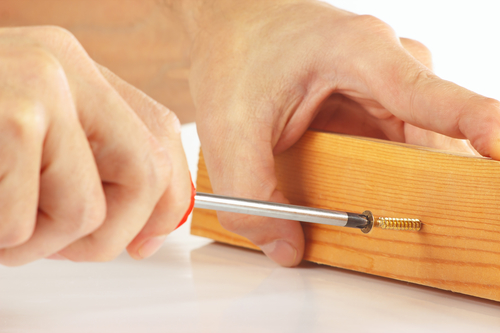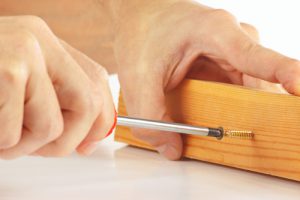How Tight Should You Tighten A Screw?

When using fasteners such as screws, there are many things that usually affect the performance of the joint. One of the most important technical issues is how tight the fastening has been done. In most cases, the degree of tightening will influence how well the fastener sits in place. In a world where competition in most industries is increasing, making sure that you always produce high quality products is important if you are to remain relevant.
The main principles you need to follow when tightening screws
When you are tightening Inconel Philips screws or other types of fasteners such as Hastelloy hex head cap screws, there are several principles that will definitely come in handy. One of these is that you should aim to tighten the fastener to within the limits of the fastener, and not past these limits. For instance, if a fastener has been designed to withstand a torque of 900 Nm of torque, it would be unwise to fasten it any tighter than this. Doing this will leave little strength to handle external loads. In such cases, you may find that the fastener will break when subjected to even the slightest force, despite the fact that you had tightened it well.
This basically means that when tightening a screw or other type of fastener, you should not approach the yield levels of the product. Most torque wrenches will provide readings that are accurate to +/- 25% of the actual torque, which means that it’s very easy to exceed the limits even if the torque wrench gives the correct reading.
What if you want to achieve accurate screw tightening?
The margins of error produced by most torque wrenches or even tightening by feel are not acceptable in some settings. For instance, if you are fastening scientific equipment that happens to be very sensitive, you might need to do so with minimal error. In such cases, you will need to use more advanced methods of finding out if the fastener has been put in place tightly enough. This includes through the use of ultrasonic sensing of bolt length. It is also possible to drill a hole in the middle of the fastener and attaching strain gauges down this hole. This will give you very high accuracy in terms of gauging the tightness of the fasteners.

Other factors that might influence your decision
It’s not in all cases where you will need to tighten the screw to be as tight as it can be. In some cases, this will be affected by other factors. For instance, if you need the force between the two materials you are tightening to be at a precise value, it may be possible to achieve this without fully tightening the screws and bolts. You therefore need to take into account not only the physical limits of the fasteners, but also the design specifications of the material you are working with as well.
When all is said and done, the degree to which you should tighten a screw should not be chosen arbitrarily. If you need your fasteners to perform well, you will need to consider all the above pointers!
About the Author

Started my career in the fastener world in 1969 at, Parker Kalon Corp. a NJ based screw manufacturer located in Clifton, NJ working in inventory control, scheduling secondary production and concluding there in purchasing. In 1971 I accepted a sales position at Star Stainless Screw Co., Totowa, NJ working in inside sales and later as an outside salesman, having a successful career at Star I had the desire with a friend to start our own fastener distribution company in 1980 named: Divspec, Kenilworth, NJ. This was a successful adventure but ended in 1985 with me starting Melfast in August 1985 and have stayed competitive and successful to date. Melfast serves the OEM market with approximately 400 accounts nationally.